There are 1581 articles and counting on Covid-19 on the preprint servers medRxiv and bioRxiv. This represents a phenomenal deluge of publications, given that the novel coronavirus Sars-CoV-2 was first described in early January and only formally named on 11 February.
Peer reviewed papers are now coming out at breakneck speed. ‘It is essential that scientific information is made available as quick as possible, but also evaluated as quickly as possible during a pandemic,’ explains Magdalena Skipper, chief editor of Nature.
I think he might not have slept for two or three days. He was feverishly cloning at breakneck speed
Daniel Wrapp, University of Texas, Austin
Nature asks authors to deposit their paper on a preprint server and underlying data in recognised repositories immediately on submission. ‘Sharing data straight away can be crucial to people’s lives. We know this from previous epidemics,’ says Skipper, who became editor of Nature in 2018. Nature also sends new data to the World Health Organization, which is aggregating information on Covid-19.
‘The pace of research and presentation of research is astonishing,’ says Tom Gallagher, a coronavirus scientist at Loyola University Chicago. He says quality can be variable, but ‘some of the papers are the best of the best, and it is truly remarkable that they’ve come out so quickly.’ Under normal circumstances some of the virology papers might take years. ‘To have them completed in a month, I find truly amazing,’ says Gallagher.
Structural integrity
Some structural biology papers in Science, Nature and Cell, he adds, have been especially revealing. Standouts for him were the recent Nature papers showing the crystal structure of the virus binding domain as it interacts with its human receptor. ‘There was an astonishing level of detail,’ says Gallagher. Its publication was fast-forwarded in a specially expedited process. Other papers have underwhelmed him.
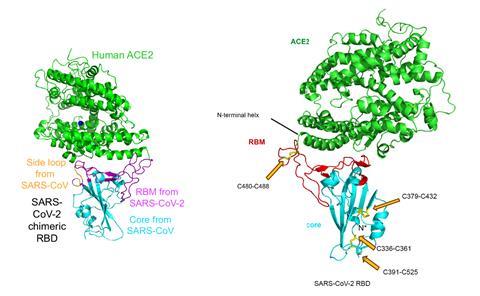
Virologist Jeremy Rossman at the University of Kent, UK, views the majority of papers, including preprints, as providing extremely good data, though some don’t make the grade and probably won’t end up published. We’ve passed an apex, in his view. ‘A couple of weeks ago most of the studies coming out were really novel and had a really large impact in terms of our understanding of the virus and public health policy,’ says Rossman. ‘Right now, a lot of the studies have to be triaged in terms of importance and impact.’ He is finding it more time consuming to sift through papers to pick out the best.
One early, important paper that was published in February, mapped the structure of the spike protein of Sars-CoV-2 using cryo-electron microscopy, after a big push from the researchers and the journal Science to fast-track it. The spike, which is involved in coronavirus infection of cells, is a potential target for drugs and vaccines. As soon as the genome was released in early January by Chinese researchers, Jason McLellan’s lab at the University of Texas, Austin, wasted no time in ordering gene fragments. Postdoc Nianshuang Wang stitched together fragments for the spike protein and transfected half a litre of mammalian cells within a few days.
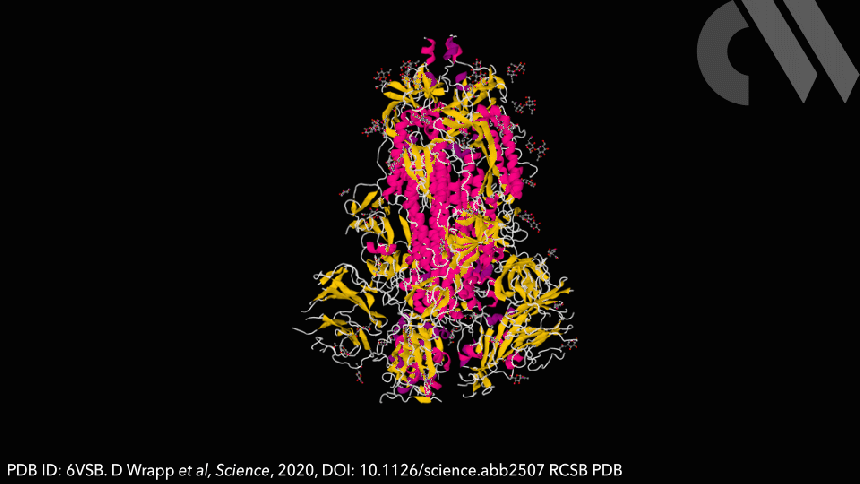
‘I think he might not have slept for two or three days. He was feverishly cloning at breakneck speed,’ says Daniel Wrapp, a fifth year PhD student and first author on the paper. Wrapp then purified the protein and began to collect cryo-electron microscopy data. ‘For a couple of days, I got maybe an hour or two of sleep,’ he recalls. As soon as the preprint went online, emails began pinging into the Texas lab from dozens of researchers. Within a few weeks, Petr Kral’s group at the University of Illinois in Chicago uploaded their preprint on a short peptide inhibitor the team had designed, which binds to the Sars-CoV-2 receptor binding domain, using data from the Science paper. Kral hopes this work will help medicinal chemists develop new drugs against the coronavirus. ‘Everybody is rushing these days,’ he says. ‘We did the paper in about two weeks and put it online.’ The paper has been submitted to a chemistry journal for peer review.
Maintaining quality
Rossman says some journals ‘are using their standard approach’ to publishing scientific papers. ‘Many of these Covid-19 papers coming online are not relevant any more. The outbreak and our understanding of it have progressed further,’ he says. He praises journals that laid down special fast-track routes for papers on Sars-CoV-2. ‘The only caveat with an expedited process’, adds Rossman, is that ‘we are not lessening the quality of peer review’, as it is not only important to have timely information, but also information that is trustworthy.
Sometimes first and wrong is better than second and right, unfortunately
Darren Dahly, University College Cork
One paper which seems to have fallen at that fence reported on two dozen patients treated with hydroxychloroquine and azithromycin. It was first published as a preprint on medRxiv on 16 March, accepted for publication the next day, and published in a journal on 20 March. The quick turnaround caused raised eyebrows. The International Society of Antimicrobial Therapy (ISAC), which published the study, has now distanced itself from the work.
‘The control group wasn’t randomised,’ says Darren Dahly, a biostatistician at University College Cork, Ireland, who was not impressed by the paper on first reading. Some patients were dropped from the treatment group, most of whom had poor outcomes. ‘There is legitimate urgency with the pandemic,’ he adds, but also an academic culture of trying to be first. ‘Sometimes first and wrong is better than second and right, unfortunately.’ Another paper just out in the New England Journal of Medicine on remdesivir also had no control group, which Dahly warns will not tell us much about the drug’s efficacy.
Pushing the envelope
The average Nature paper usually takes two to three weeks to be reviewed, but the journal now asks reviewers assessing Covid-19 manuscripts to review them in as little as a few days, Skipper says. The review process for Covid-19 is also being accelerated ‘through judicious editor decisions with respect to what revisions are required’, she adds. ‘The majority of them are being published without first having gone through our usual subediting and production processes – so advanced online publication.’ Nature also says it is talking to authors promptly in situations where lots of revisions look likely, so that they can decide whether to take their papers elsewhere. ‘We don’t want to slow down its publication,’ Skipper explains.
To continue to do our research is exciting, especially when it has potential direct translational implications on an ongoing pandemic
Daniel Wrapp, University of Texas, Austin
Extra demands have been put on reviewers too. Gallagher has been getting more papers to referee, with editors sometimes requesting reviews within three days. Wrapp says Science had potential reviewers lined up and the entire process took less than a week. Rossman adds that lots of researcher with relevant expertise are locked out of their labs and are only too willing to contribute through peer review. I’ve reviewed two papers for Nature recently, says immunologist Luke O’Neill at Trinity College Dublin, Ireland, whose lab is shuttered. ‘The peer review is speeded up all right, but it is still as rigorous. I wouldn’t have any issues with it.’ He adds that referees have historically been happy to cut authors some slack if a paper is highly novel – and Covid-19 papers can be as novel as they come. ‘If it is less novel, the referees demand more, but that has been the case with papers for years,’ says O’Neill.
For large journals, peer review remains sacrosanct for Covid-19 papers. ‘There can never be compromise on the quality or scrutiny of peer reviewers, regardless of the situation,’ says Skipper. ‘Peer reviewers are selected as rigorously’, she continues, and ‘we invite as many reviewers as required’. Though some Nature editorial staff are under extra time pressure, the journal has not taken on new staff. Skipper says it is a matter of maximising the potential of those who have expertise relevant to the pandemic. ‘Our virology editor is receiving two or three times as many manuscripts as she would ordinarily in an average week,’ Skipper says, while other staff are offering as much internal support as possible. She vows that prioritisation of Covid-19 papers will not hurt other disciplines. ‘We never hold up any other papers from publication. We feel it is not fair on other researchers or authors. We try and accommodate extra demand in this area internally.’
When research on Sars-CoV-2 was just getting going, Wrapp recalls how energised the lab was. ‘We knew [the spike protein structure] had the potential to be really valuable information for researchers who are trying to develop therapeutics and vaccines,’ he says. The McClellan lab where Wrapp works is one of just a handful still up and running in a building with around four dozen other labs. ‘To continue to do our research is exciting, especially when it has potential direct translational implications on an ongoing pandemic,’ says Wrapp. ‘There’s a sense of urgency and obligation that we don’t normally experience.’





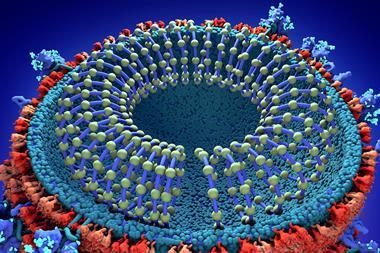
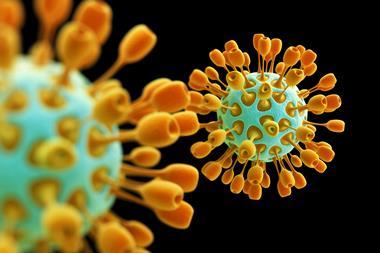
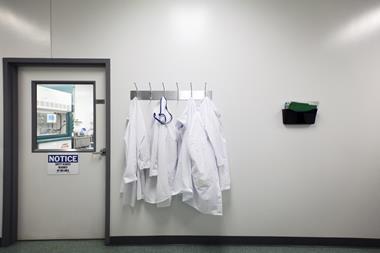
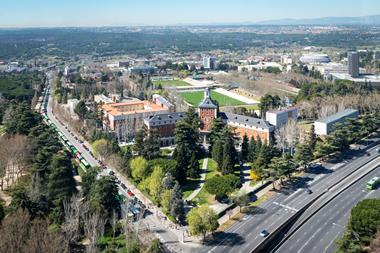

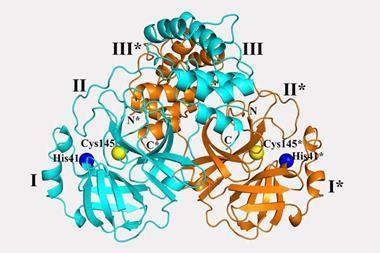






No comments yet